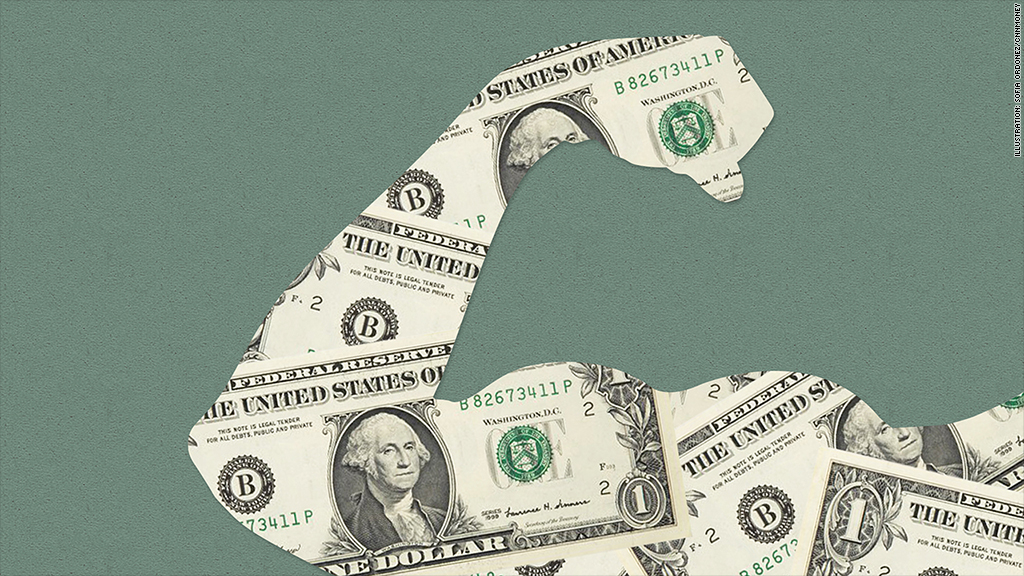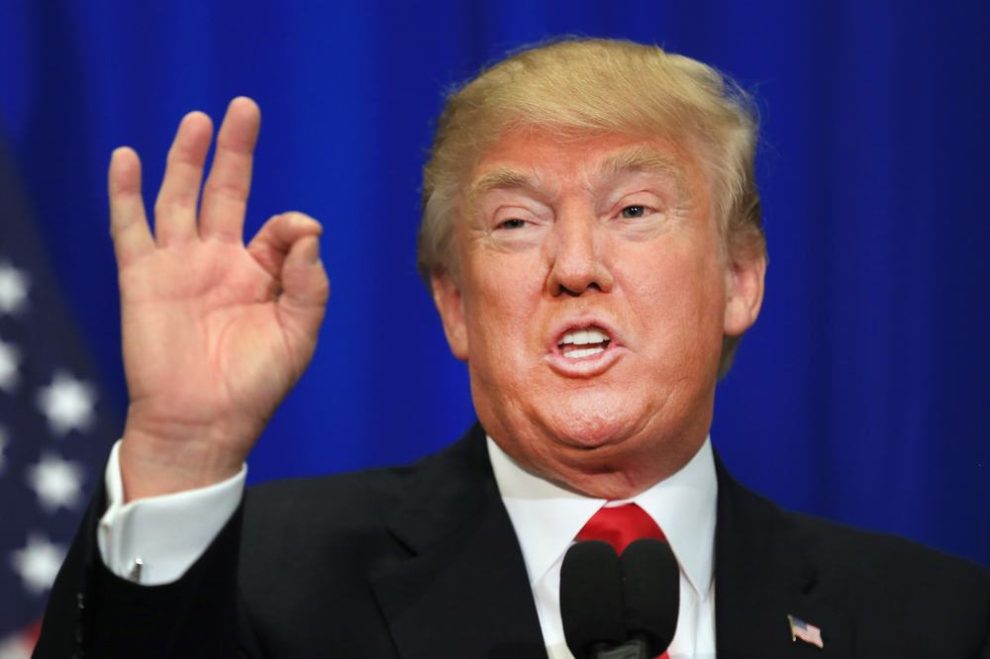Will Donald Trump’s Tariffs Hurt US Citizens?
Donald Trump’s tariffs on imports from various countries, particularly China, have sparked heated debates on their potential impact. These tariffs were introduced as part of his broader trade policy aimed at protecting American industries, reducing the trade deficit, and encouraging domestic manufacturing. However, as with any economic policy, there are winners and losers. In this article, we’ll examine the implications of Trump’s tariffs for US consumers, covering how tariffs work, whether they will lead to price increases, the potential impact on jobs, and how the tariffs could affect the trade deficit.

How Do Tariffs Work?
Tariffs are taxes imposed on imported goods. When a country like the United States levies a tariff on products coming from another nation, it increases the cost of those goods. The intention behind tariffs is to make foreign goods less competitive in the domestic market, encouraging consumers to purchase locally produced items instead. Tariffs can range from a few percent to as high as 25% or more, depending on the product and the country involved.
Trump’s tariff policy, particularly his trade war with China, focused on imposing large tariffs on Chinese imports. This included products like electronics, clothing, and machinery. While the idea behind these tariffs was to encourage American manufacturing and reduce reliance on foreign imports, the economic consequences have been widely debated.
Will Prices Rise?
One of the most direct impacts of tariffs is the increase in prices for imported goods. When tariffs are applied, businesses that import goods from other countries often pass on the added costs to consumers. This could mean higher prices on everything from electronics to household goods and clothing.
For example, the 25% tariff on Chinese-made electronics and appliances raised the cost of popular products, such as smartphones, laptops, and televisions. Studies have shown that the burden of these tariffs is typically borne by consumers, as companies raise prices to offset the higher costs of production and importation.
In addition to the direct impact on products that are subject to tariffs, there is a broader ripple effect on the overall economy. The increase in product prices due to tariffs can lead to inflation, as consumers face higher costs for everyday items. This increase in inflation can erode purchasing power and lead to a reduced standard of living for many Americans. For example, in 2019, economists estimated that Trump’s tariffs could cost the average American household an additional $1,000 per year in higher prices.

Will It Impact Jobs?
The job market is another area where the effects of Trump’s tariffs are being felt. While the president’s trade policies were designed to protect American jobs, particularly in manufacturing, the reality is more complicated. The introduction of tariffs can lead to both job creation and job losses, depending on the industry.
On the one hand, certain sectors, such as steel and aluminum, may see a boost in jobs because the tariffs make it more difficult for foreign competitors to sell their products in the U.S. Theoretically, this would help American manufacturers in those industries by making their goods cheaper compared to imported alternatives.
RELATED: Canada Strikes Back with 25% Tariffs in US Trade War.
However, many economists argue that the tariffs also result in job losses in other sectors. For example, industries that rely on imported materials—such as automotive manufacturing, electronics, and agriculture—may face higher production costs. This could lead to reduced profits, layoffs, or even relocations of jobs to countries with lower production costs. Farmers, in particular, have been hurt by retaliatory tariffs imposed by countries like China, which targeted agricultural exports, such as soybeans, pork, and dairy products.
The overall net effect on jobs is still uncertain. Some studies suggest that while the tariffs may create jobs in certain industries, they could cost the economy more jobs overall due to the disruptions caused by higher costs and trade retaliation.

What Will Be The Impact On Trade Deficit?
A significant goal of Trump’s tariff policy was to reduce the U.S. trade deficit. The trade deficit occurs when a country imports more goods than it exports. Trump argued that the U.S. trade deficit with countries like China was unsustainable and that tariffs could help reduce this gap by making foreign goods more expensive and less attractive to U.S. consumers.
In theory, by imposing tariffs, the U.S. could encourage domestic production and reduce its reliance on foreign goods. However, the reality has not been so simple. The U.S. trade deficit with China remained relatively large even after the implementation of tariffs, and some economists argue that tariffs have not been effective in reducing the deficit. Instead of encouraging domestic production, many industries have continued to rely on imported goods, especially in the face of higher tariffs.
Moreover, the trade war has led to retaliatory tariffs from other countries, making U.S. exports more expensive abroad. This has hurt American exporters, particularly in agriculture and manufacturing, further complicating the situation.
Overall, while Trump’s tariffs were meant to reduce the trade deficit, their impact has been mixed at best. The U.S. trade deficit remains high, and the tariffs may have done little to address the underlying causes of the deficit, such as low domestic savings rates and high consumer demand for imported goods.
Donald Trump’s tariffs have proven to be a double-edged sword for the U.S. economy. While intended to protect American industries, these tariffs have led to higher prices for consumers, creating an inflationary effect that has eroded purchasing power. Jobs in some sectors may have been protected, but overall, the tariffs have disrupted industries reliant on global supply chains, resulting in job losses. Furthermore, despite Trump’s claims, the tariffs have done little to reduce the trade deficit. In the end, the policy has hurt U.S. consumers, leading to higher costs and limited economic gains.










